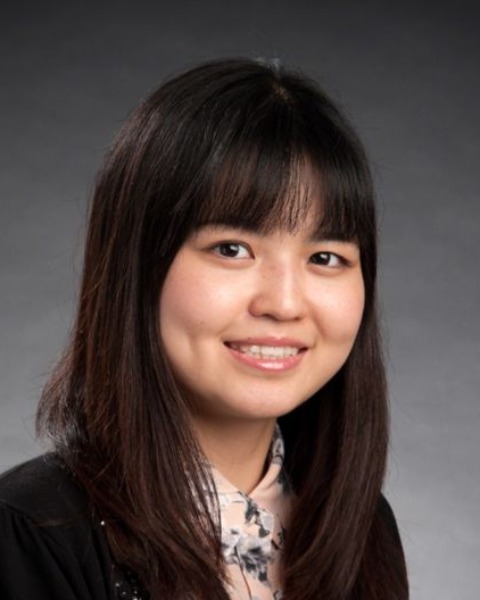Cell, Gene, Regenerative Medicine & Nucleic Acid (CGRN)
Category: Member Submission
Poster Session II
PII-016 - CELLULAR KINETICS OF ANTI-CD19 CHIMERIC ANTIGEN RECEPTOR (CAR) T-CELL THERAPY, LISOCABTAGENE MARALEUCEL (LISO-CEL) AND ITS ASSOCIATION WITH EFFICACY AND SAFETY IN PATIENTS WITH RELAPSED/REFRACTORY (R/R) FOLLICULAR LYMPHOMA (FL)
Thursday, March 28, 2024
5:00 PM - 6:30 PM MDT
R. Nishii, H. Lin, W. Chen, N. Balasubramanian, J. Cummings, T. Farazi, O. Fasan, M. Vedal, J. Lymp, K. Ogasawara; Bristol Myers Squibb.

Rina Nishii, PhD (she/her/hers)
Bristol Myers Squibb, New Jersey, United States
Presenting Author(s)
Background: There remains an unmet medical need for patients with R/R FL and high risk features as these patients exhibit a poor prognosis. TRANSCEND FL (NCT04245839) is a global, Phase 2, single-arm, multicohort trial to evaluate the efficacy and safety of the anti-CD19 CAR T-cell therapy liso-cel in patients with R/R indolent Non-Hodgkin Lymphoma. Herein, we characterize the cellular kinetic (CK) profile of liso-cel in patients with R/R FL and assess the relationships of CK with efficacy and safety in all liso-cel treated patients with third line or later, and second line FL including those with progression of disease within 24 months (POD24).
Methods: Cellular kinetics of liso-cel were monitored using digital droplet polymerase chain reaction by detecting liso-cel transgene in blood. Cellular kinetic parameters such as maximum expansion (Cmax), time to Cmax (Tmax), and area under the curve from 0 to 28 days post-infusion (AUC[0-28d]) were calculated using a noncompartmental analysis. Relationships between CK and binary efficacy and safety endpoints were assessed by Wilcoxon tests. Relationships between CK and time-to-event efficacy endpoints were assessed by Cox proportional hazards models.
Results: At data cutoff (27-Jan-2023), 130 patients with R/R FL received liso-cel. Liso-cel exhibited a rapid expansion with median Tmax of 10 days followed by a monophasic decline up to 28 days after infusion. Persistence of liso-cel transgene was detected at Month 18 in 24 of 59 (41%) patients, with follow-up ongoing. A potential association was observed between higher expansion and longer progression-free survival (PFS) (hazard ratio [HR] 0.38; 95% confidence interval [CI] 0.22 - 0.63; p=0.0002 in Cmax) and duration of response (DOR) (HR 0.34; 95% CI 0.20 - 0.58; p< 0.0001 in Cmax). The relationship between CK and response was not evaluated due to the small number of non-responders (N = 3). Higher expansion was observed in subjects who had any-grade cytokine release syndrome (CRS) or neurological events (NE) as compared to subjects who did not (1.9-fold and 5.0-fold higher median Cmax; p=0.0032 and p< 0.0001, respectively).
Conclusion: Liso-cel demonstrated robust in vivo cellular expansion in patients with R/R FL. Higher expansion was associated with longer PFS and DOR, as well as higher incidence of any-grade CRS and NE.
